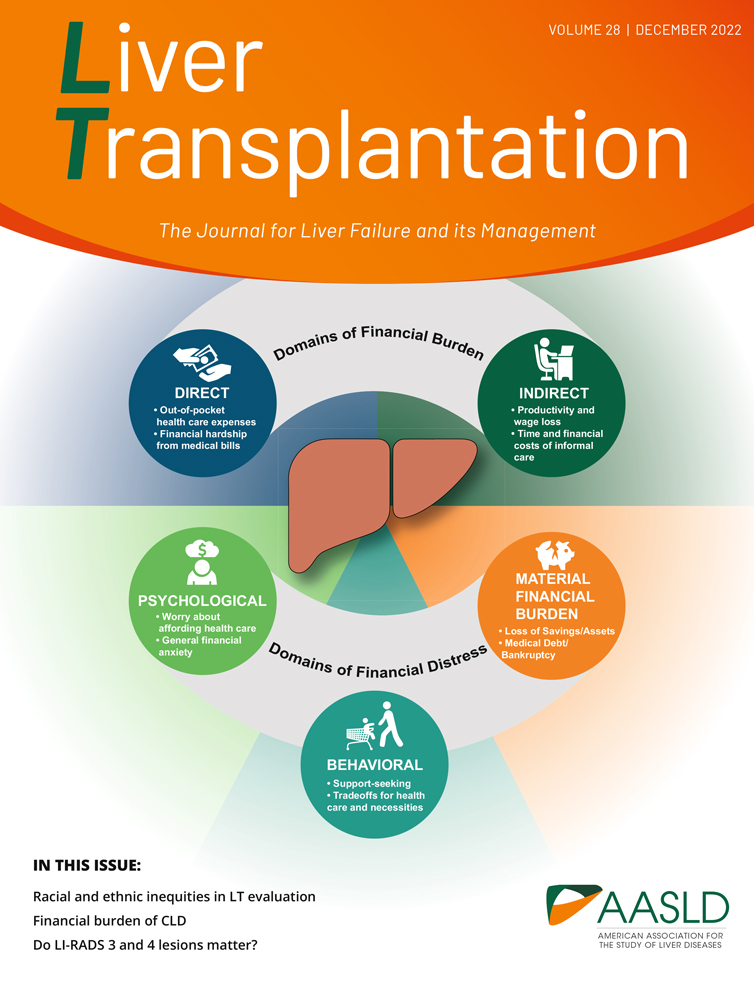Nitroglycerin versus epoprostenol: Effects on hemodynamics, oxygen delivery, and hepatic venous oxygenation after liver transplantation
Abstract
Our objective was to determine the effects of vasodilatory treatment with epoprostenol (PGI2) and nitroglycerin (NTG) on systemic oxygen delivery index (DO2) and hepatic venous oxygen saturation (SvhO2) after liver transplantation. This prospective study used repeated-measures design. Fifteen adult patients undergoing orthotopic liver transplantation (OLT) were enrolled. Postoperatively, a fiberoptic pulmonary artery catheter was inserted into the right hepatic vein and a timed infusion of PGI2 and NTG was sequentially performed in random order at the following rates: PGI2 at 5 ng/kg/minute and NTG at 0.1 μg/kg/ minute. Each step in each sequence lasted 45 minutes, followed by a control interval of 45 minutes. Measurements were taken at the end of each period when hemodynamic function was stable. Systemic hemodynamics, DO2, oxygen uptake index (VO2), mixed venous oxygen saturation (SvO2), and SvhO2 were assessed. We found that PGI2 induced an increase of cardiac index (+18%, p < .05); DO2 (+16%, p < .05); and SvhO2 (+11%, p < .05). Mean arterial pressure was decreased during PGI2 infusion (−9%, p < .05), as well as during infusion of NTG (−10%, p < .05). NTG significantly decreased DO2 (−6%, p < .05) and SvhO2 (−4%, p < .05). Neither drug affected VO2. We conclude that PGI2 induced vasodilation and increased systemic oxygen delivery in parallel with SvhO2, suggesting a corresponding increase of hepatic oxygen supply. NTG induced systemic vasodilation and significantly impaired hepatic venous oxygen saturation and DO2. Thus, if vasodilatory therapy is indicated in the patient after liver transplantation, PGI2 appears to be better than NTG in improving DO2 without impairing splanchnic oxygenation. Copyright © 1996 by the American Association for the Study of Liver Diseases.




